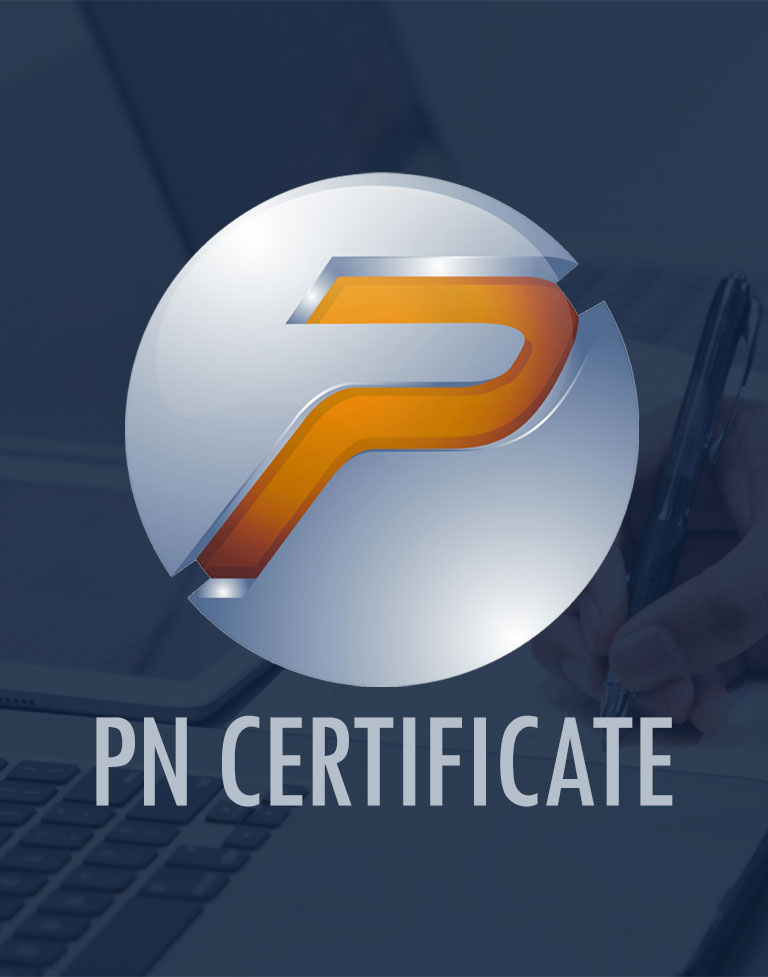- Include 2019 employer state and local taxes assessed on employee compensation, primarily state unemployment insurance tax (from state quarterly wage reporting forms), if any.
Permutations
If you are a Sole Proprietorship without employees, then it becomes a whole lot easier to compute. You merely calculate your monthly net profit from your IRS Form 1040/Schedule C (not your earnings). Multiply the monthly profit by 2.5 and this is your total PPP eligibility. If you are a Sole Proprietorship with employees, then you need to do the same as the steps above, by calculating the wages see it here and tips paid to all employees, including benefits.
S-Corp and C-Corps will follow a similar process to partnerships. Though there are some technical differences, you mainly just have to calculate the wages and employee contributions, (from the relevant forms), divide it by 12, and multiply it by 2.5 to get your total PPP eligibility.
Obviously, there is no need to include any partner earnings, there being no partners involved in this shareholder-owned legal entity.
Many people struggle with all of the forms and legal entity types and IRS accounting terms. This is why we have broken it down for you with this helpful table below. Just scroll to the relevant legal entity type to see what you need to do.
The Paycheck Protection Program Explained
The PPP was implemented by the Small Business Administration (‘SBA’) in tandem with the Department of the Treasury. Funds were made available to those affected by the Corona Virus. Like all SBA loans, they were carried out by online lenders and large institutions.
Essentially, the PPP is a loan that may be completely forgiven once the funds were spent in the correct way – which means on the payroll. To be more precise, this means 60% on payroll and 40% on other considerations such as rent, utilities, and mortgages. Bear in mind that the PPP was essentially a rush program designed at a time when there was a medical and economic pandemic running rampant throughout the country.
The PPP loan forgiveness program is essentially free money, which is why it is hard to understand why small business owners are so negative about the economy in an environment where there are so many grants and small business loans available!
However, there is an issue with the PPP loan. The exact terms surrounding ‘forgiveness’ are simply not clear. On , the SBA and Department of the Treasury stated that:
“If SBA determines that a borrower is ineligible for the PPP loan, SBA will direct the lender to deny the loan forgiveness application. Further, if SBA determines that the borrower is ineligible for the loan amount or loan forgiveness amount claimed by the borrower, SBA will direct the lender to deny the loan forgiveness application in whole or in part, as appropriate. SBA may also seek repayment of the outstanding PPP loan balance or pursue other available remedies.”
So, many business owners could be on thin ice when it comes to PPPP forgiveness, especially if they have been lacking in the accounting department. It was mainly used as a measure to keep business owners running amidst COVID. Now that the economy is starting to run strong again, the SBA seems to be tightening up its conditions.
Essential Points to Keep in Mind
There were a number of PPP elements that were (at the time) overlooked by many people who applied for the loan at the time of availability. Some of these points include:
- While your rent and utility payments can be covered by this loan and help qualify you for loan forgiveness, they are not a part of the initial calculation. This could harm you if the SBA does a revision and you have miscalculated your PPP amount.


